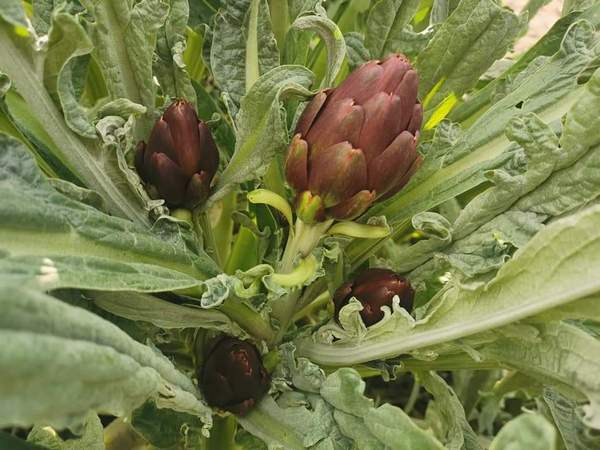The leaves and stem of artichokes that are discarded at the Rialto fruit and vegetable market are turned into innovative products for haircare.
The transition from the market to the hairdressing salon is possible thanks to ‘HAIR: hair e agrifood rinnovare riciclando’, a research project at Ca’ Foscari which was funded by the European Social Fund through the Veneto region.
A team of Ca’ Foscari sciences have patented the optimal release of active molecules and a spinoff on sustainable cosmetics. In this case, the source of molecules is the artichoke, such as the one from Sant’Erasmo, which is protected by Slowfood and is a source of pride for the Venetian lagoon.
The properties of artichoke waste
When an artichoke is processed, 60% of it is treated as waste. The head and internal bract are edible, while the leaves, stem and external bracts are discarded.
In the lab, however, waste can become a resource. Ultrasounds and microwaves allow for the extraction of nutritious polyphenolic and polysaccharide substances, which are then lyophilised and prepared with the advanced techniques developed at Ca’ Foscari.
The artichoke’s properties are known: it is cleansing, anti-oxidant, diuretic, anti-inflammatory, cardio-protective and anti-thrombotic.
Made for hair care
Haircare products that were tested during the research project proved that giving new value and use to artichoke waste is possible. Hair benefits from these substances, given that the formula works against free radicals. The scalp is gently nourished.
The researcher Lilia Longo worked on the project thanks to the support of ESF. She was assisted by the specialists of the CatMat lab, which is directed by Professor Michela Signoretto, who contributed to optimising the formulas along with Federica Menegazzo and Elena Ghedini, the co-founder and scientific director of the Ve Nice srl startup.
Professor Giancarlo Cravotto and researchers Giorgio Grillo and Silvia Tabasso of the University of Turin collaborated on the scientific section, in particular for the extraction technologies.
Laboratories connected with the local territory
Local companies are at the beginning and end of the process. On the one hand there is the supplier of biomass, i.e. the artichoke waste, which comes from the Rialto market of Biscotti srl. On the other hand, there are the hair stylists that can use the product every day for their job — the project involved the professionals of Trilab salons, who field tested the efficacy of the product.
“We chose the artichoke not only because it is the source of a great quantity of waste and it is full of active ingredients that can be used in cosmetics,” says Elena Ghedini, “but also because it is local. The ‘violetto di Sant’Erasmo’ is a variety of artichoke that is cultivated in the Venetian islands of Sant’Erasmo, Lio Piccolo and Mazzorbo. It is a fine variety and it is one of the symbols of the city. The Hair project wants to promote research, innovation and partnerships in the territory in order to give value to its natural resources.”
This project is an example of a circular economy and it is in line with the sustainability objectives of the university and of the city” says Professor Michela Signoretto. “Venice is promoting itself as the world capital of sustainability with a project that aims to revitalise the local territory in a sustainable way. The Veneto region has agreed to oversee this process by supporting the activities that have already been started by the Municipality of Venice, by Venetian universities and by the world of institutions and enterprises.”











